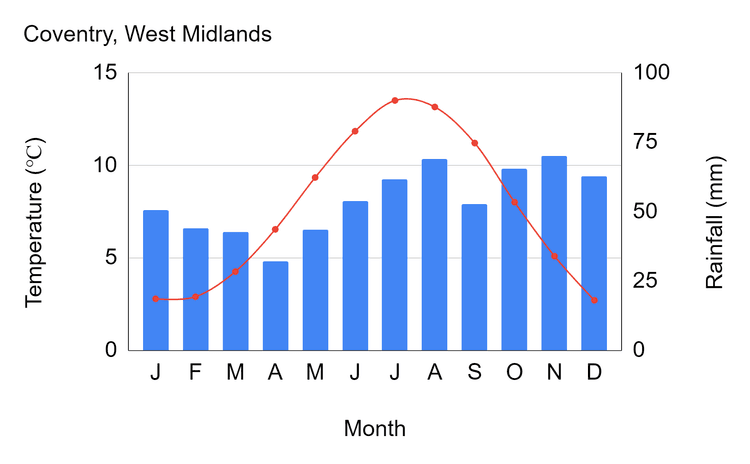World climate zones
I can describe the pattern of climate zones and know some of the factors that affect climate, such as latitude.
World climate zones
I can describe the pattern of climate zones and know some of the factors that affect climate, such as latitude.
These resources will be removed by end of Summer Term 2025.
Switch to our new teaching resources now - designed by teachers and leading subject experts, and tested in classrooms.
These resources were created for remote use during the pandemic and are not designed for classroom teaching.
Lesson details
Key learning points
- Climate zones are areas with a similar climate.
- Factors such as alititude, latitude and distance from the sea affect the weather and climate of a location.
- The height above sea level affects the temperature.The higher above sea level, the cooler the temperature.
- Coastal areas tend to have warmer winters than inland areas as water takes longer to warm up.
Keywords
Climate zones - areas that have similar weather conditions and climate, e.g. the tropics
Temperature - the degree of hotness or coldness of a place
Latitude - lines of latitude are imaginary lines on Earth showing position north or south of the Equator, measured in degrees
Altitude - height above sea level or ground level
Common misconception
It is always colder at the coast because it is near water.
Students will understand that, in winter, coastal areas tend to be warmer because water takes longer to heat up.
To help you plan your year 7 geography lesson on: World climate zones, download all teaching resources for free and adapt to suit your pupils' needs...
To help you plan your year 7 geography lesson on: World climate zones, download all teaching resources for free and adapt to suit your pupils' needs.
The starter quiz will activate and check your pupils' prior knowledge, with versions available both with and without answers in PDF format.
We use learning cycles to break down learning into key concepts or ideas linked to the learning outcome. Each learning cycle features explanations with checks for understanding and practice tasks with feedback. All of this is found in our slide decks, ready for you to download and edit. The practice tasks are also available as printable worksheets and some lessons have additional materials with extra material you might need for teaching the lesson.
The assessment exit quiz will test your pupils' understanding of the key learning points.
Our video is a tool for planning, showing how other teachers might teach the lesson, offering helpful tips, modelled explanations and inspiration for your own delivery in the classroom. Plus, you can set it as homework or revision for pupils and keep their learning on track by sharing an online pupil version of this lesson.
Explore more key stage 3 geography lessons from the Weather and climate: how do they vary? unit, dive into the full secondary geography curriculum, or learn more about lesson planning.

Equipment
Licence
Starter quiz
6 Questions



Thermometer
Rain Gauge
Anemometer
Exit quiz
6 Questions



